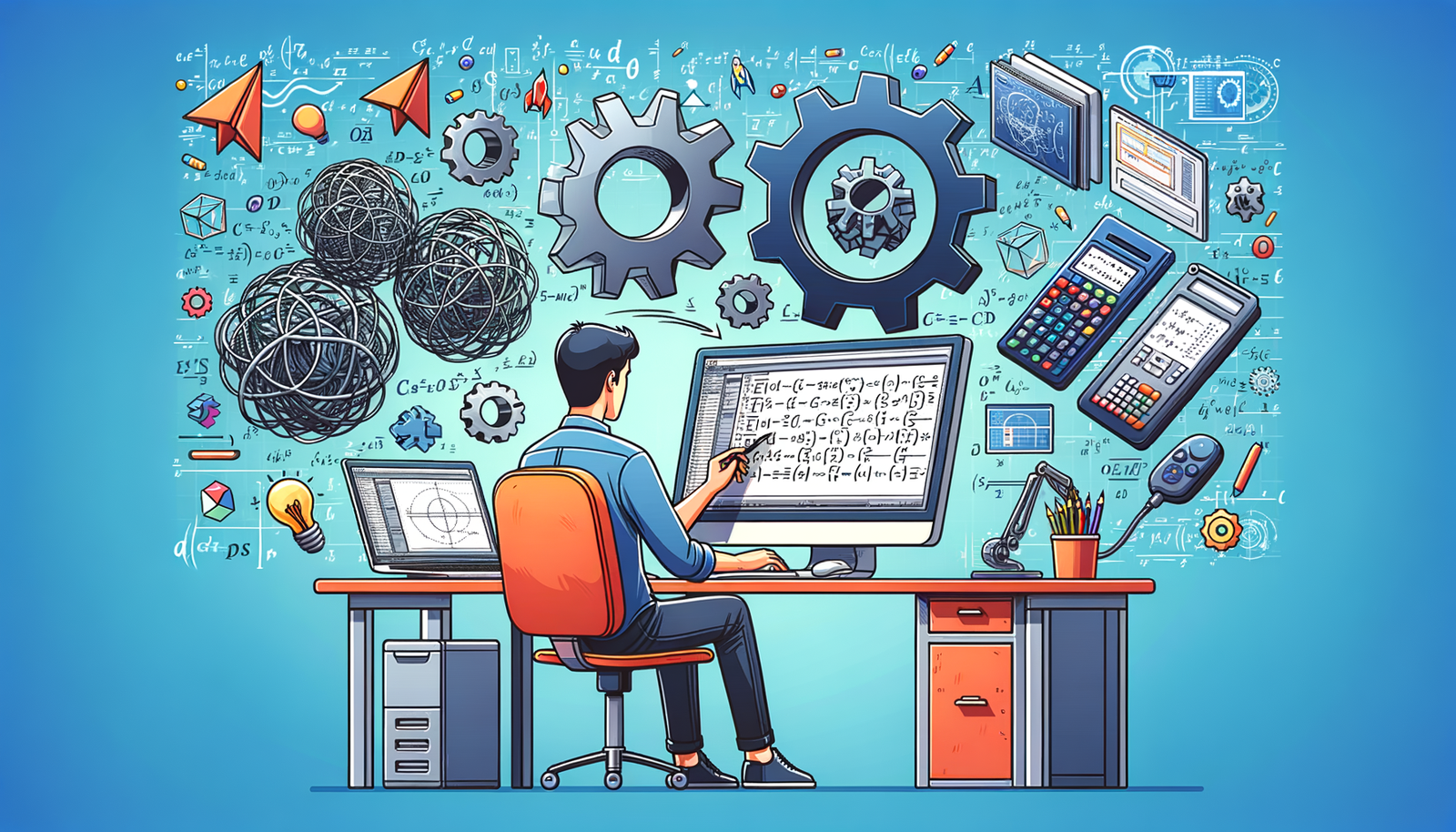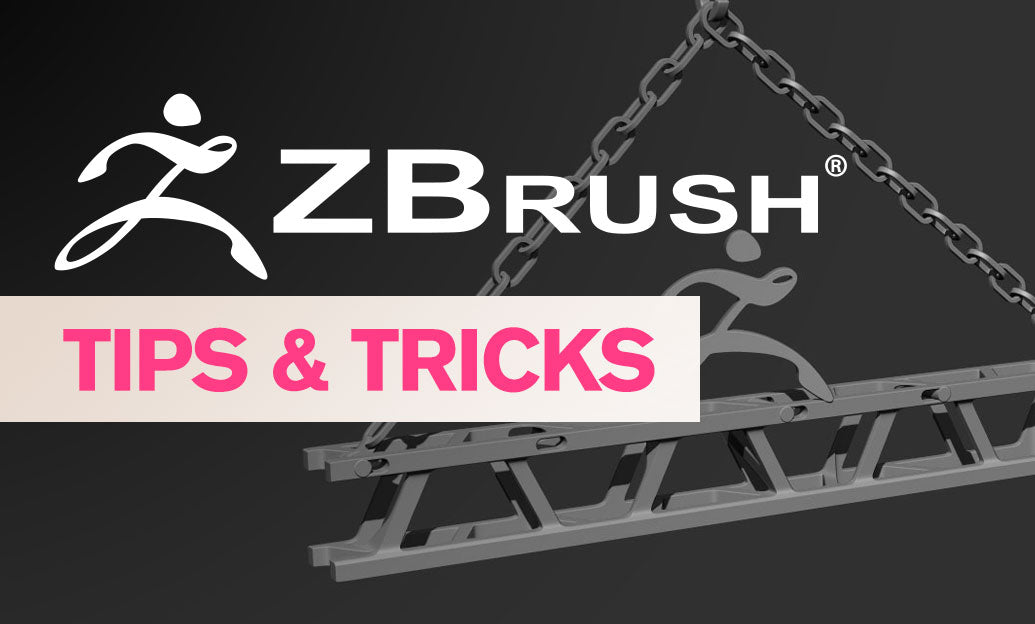Your Cart is Empty
Customer Testimonials
-
"Great customer service. The folks at Novedge were super helpful in navigating a somewhat complicated order including software upgrades and serial numbers in various stages of inactivity. They were friendly and helpful throughout the process.."
Ruben Ruckmark
"Quick & very helpful. We have been using Novedge for years and are very happy with their quick service when we need to make a purchase and excellent support resolving any issues."
Will Woodson
"Scott is the best. He reminds me about subscriptions dates, guides me in the correct direction for updates. He always responds promptly to me. He is literally the reason I continue to work with Novedge and will do so in the future."
Edward Mchugh
"Calvin Lok is “the man”. After my purchase of Sketchup 2021, he called me and provided step-by-step instructions to ease me through difficulties I was having with the setup of my new software."
Mike Borzage
V-Ray Tip: Optimize Rendering Workflow with V-Ray Texture Baking Techniques
April 27, 2025 2 min read

Maximize the efficiency and realism of your renders by utilizing V-Ray's texture baking features. Texture baking is a powerful technique that allows you to pre-calculate complex shading and lighting information, resulting in faster render times and optimized workflow.
- Enhance Performance: By baking textures, you reduce the computational load during rendering. This is especially beneficial for scenes with high polygon counts or intricate materials.
- Preserve Detail: Texture baking captures fine details such as shadows, highlights, and ambient occlusion, ensuring that your final render maintains visual fidelity without additional processing.
- Optimize Assets: Simplify your scene by baking complex materials into texture maps. This not only improves render times but also makes your models more manageable within the V-Ray environment.
- Consistent Lighting: Baking lighting information ensures that your textures remain consistent across different views and lighting conditions, providing a uniform appearance in animations and interactive applications.
- Streamline Workflow: Integrate V-Ray's texture baking with NOVEDGE’s comprehensive suite of tools to automate and optimize your rendering pipeline. Visit NOVEDGE to explore advanced solutions tailored for V-Ray users.
To get started with texture baking in V-Ray, follow these steps:
- Select Your Objects: Identify the objects in your scene that require baked textures. Ensure they are properly UV-unwrapped to facilitate accurate texture mapping.
- Configure Bake Settings: Access V-Ray’s texture baking options and choose the type of information you wish to bake, such as diffuse, ambient occlusion, or normal maps.
- Adjust Resolution: Set an appropriate resolution for your textures. Higher resolutions capture more detail but increase file size, so balance quality with performance based on your project needs.
- Initiate Baking Process: Execute the baking process and monitor the progress through V-Ray’s render elements. Ensure that all desired details are accurately captured.
- Apply Baked Textures: Once baking is complete, apply the generated textures to your materials. This will replace complex shader calculations with the pre-baked texture maps, streamlining your render workflow.
For advanced texture baking techniques and optimization strategies, leverage the resources and expertise available at NOVEDGE. Their specialized tools and support can help you achieve photorealistic results while maintaining an efficient production pipeline.
- Use Layered Baking: Combine multiple baked textures to create rich, detailed materials without overcomplicating your shader setup.
- Automate Repetitive Tasks: Utilize NOVEDGE’s automation tools to handle repetitive baking tasks, freeing up more time for creative work.
- Optimize Texture Maps: Implement compression techniques and efficient file formats to reduce texture sizes without compromising quality.
Embracing V-Ray’s texture baking features can significantly enhance your rendering workflow, delivering high-quality visuals with optimized performance. Integrate these techniques with NOVEDGE’s innovative solutions to elevate your projects and achieve superior results.
Discover more tips and advanced techniques by visiting NOVEDGE today.
You can find all the V-Ray products on the NOVEDGE web site at this page.
Also in Design News

Integrating Advanced Engineering Computation into Modern Design Software
April 27, 2025 11 min read
Read More
ZBrush Tip: Mastering Symmetrical Modeling Techniques in ZBrush for Precision and Efficiency
April 27, 2025 2 min read
Read More
Revit Tip: Optimize Structural Detailing in Revit: Expert Tips for Efficiency and Precision
April 27, 2025 2 min read
Read MoreSubscribe
Sign up to get the latest on sales, new releases and more …


